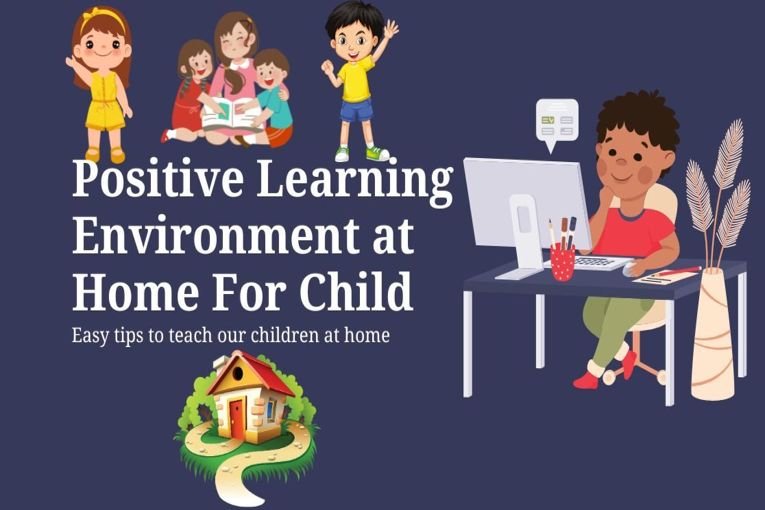Setting Up an Educational Environment at Home
Creating an educational environment at home is essential for fostering a love for learning and encouraging academic success in children. Whether you are homeschooling your child or simply want to supplement their education, there are several key strategies you can implement to establish a productive learning space within your home.
Designate a Dedicated Learning Space
One of the first steps in creating an educational environment at home is to designate a specific area for learning activities. This space should be free from distractions and equipped with all the necessary supplies, such as books, writing materials, and educational resources. Ideally, this area should be separate from where your child plays or sleeps to help them associate it with focus and productivity.
Establish a Routine
Consistency is key when it comes to creating an effective learning environment. Establishing a daily routine that includes set times for learning, breaks, and other activities can help your child stay organized and motivated. Make sure to include a balance of academic subjects, creative pursuits, and physical activity to keep their minds engaged and bodies active throughout the day.
Utilize Technology and Online Resources
In today’s digital age, there is a wealth of educational resources available online that can supplement traditional learning materials. Websites, apps, and online courses can provide interactive and engaging ways for children to learn new concepts and skills. Make use of educational videos, virtual field trips, and interactive games to enhance your child’s learning experience and cater to their individual interests and learning styles.
Encourage Curiosity and Exploration
An educational environment should be one that encourages curiosity and exploration. Provide your child with access to a variety of books, art supplies, science kits, and other resources that spark their interest and imagination. Encourage them to ask questions, conduct experiments, and pursue their own learning projects to foster a sense of independence and intellectual curiosity.
Engage in Hands-On Learning Activities
Hands-on learning experiences are invaluable for helping children understand and retain new information. Incorporate activities such as experiments, art projects, cooking lessons, and nature walks into your child’s learning routine to make learning fun and engaging. These hands-on activities not only reinforce academic concepts but also promote creativity, problem-solving skills, and critical thinking.
Provide Positive Reinforcement and Support
Creating an educational environment at home is not just about the physical space and learning materials; it also involves providing emotional support and positive reinforcement. Celebrate your child’s achievements, no matter how small, and offer encouragement and guidance when they face challenges. Building a supportive and nurturing environment will help your child feel confident and motivated to learn and grow.


